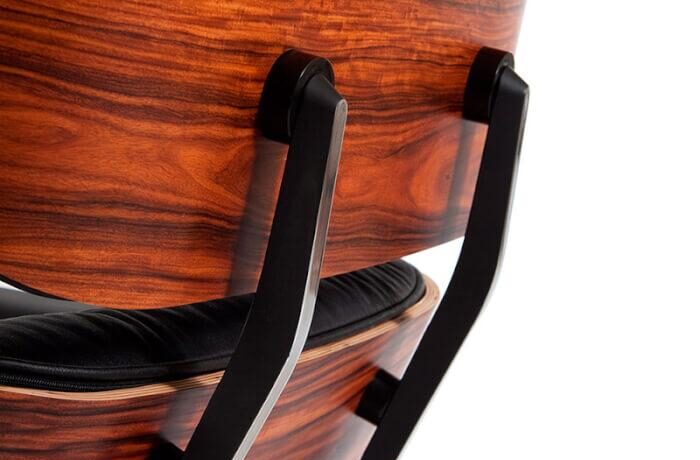If one is asked to close one’s eyes and imagine a law office, most folks would envision the following: lincoln green, navy blue, or burgundy walls divided by rows upon rows of wood cabinet bookcases housing innumerable old law books, looming over tufted leather seating, all centering around a big oak desk beneath dim lighting (almost forgot the wall of degrees and honors behind the desk).
It’s a specific interior design approach we’ve subconsciously borrowed from one too many attorneys’ commercials and courtroom dramas on television. And while there’s nothing wrong with this approach to decorating the office of an attorney – in fact in many cases it certainly fits the bill – it doesn’t exactly suit the office of every practicing lawyer out there. Indeed, some offices will likely be better off decorated in the opposite direction, towards a more modern and trendy approach.
Simply put, it comes down to what area of the law the lawyer practices:
Trial Lawyers
The law offices of those who seek to represent individuals charged with a crime in court, or seek to represent plaintiffs in civil proceedings, are probably best left to look like those ones we see on television. Why is that? To make a long story short, trial lawyers are trained in areas of the law which have gone relatively unchanged for centuries. The way in which court proceedings are carried out today is nearly identical to how they were conducted at any point in the past. In fact, the interior design of most courtrooms reflects this unchanging nature.
Therefore, a savvy trial lawyer wants his law office to reflect his or her expertise in a timeless institution. Those in charge of putting together the interior design ought to know where to look to meet this expectation on all levels. Carved solid wood tables and cabinets with brass fittings positioned alongside studded leather and wood seating is a good place to start. Many of the pieces found in the Century Furniture collection would do nicely on a shortlist of options capped by such criteria. Whether the walls and rug(s) are to match the fabric of a pair of Duval chairs or the other way around is up to the decorator and/or lawyer.
Consultants and Backroom Litigators
Despite what television would have us believe, there are many careers in the law which never involve a single day in court. Many lawyers work strictly in counseling roles behind the scenes, advising clients on how to file for divorce online or how to go about business dealings in a legally sound manner, as well as advancing on the extreme forefront of law as it applies to new technologies, in addition to knowing how new technologies apply to the law. What all this has to do with interior design is this: These kinds of lawyers are trying to tell the world they’re hip to the here and now. They know exactly where the law stands in relationship with new and exciting information and innovations.
With this in mind, it’s important for interior decorators to forget the classic law office look and explore more contemporary styles. Fortunately, on the furniture front, this doesn’t involve much moving around, as Century Furniture has an array of pieces showcasing the mid-century design approach which, interestingly enough, still conveys a sense of wonder and hope for the future. As far as walls, fabric, and furnishing color palette, steer toward pastels when trying to achieve a look suggesting forward-thinking professionalism.
Not all law offices need to look like they belonged to Clarence Darrow, but there’s nothing wrong with the timeless look either. Just make sure to conceal cables and cords, no matter what the ultimate design choice turns out to be!






